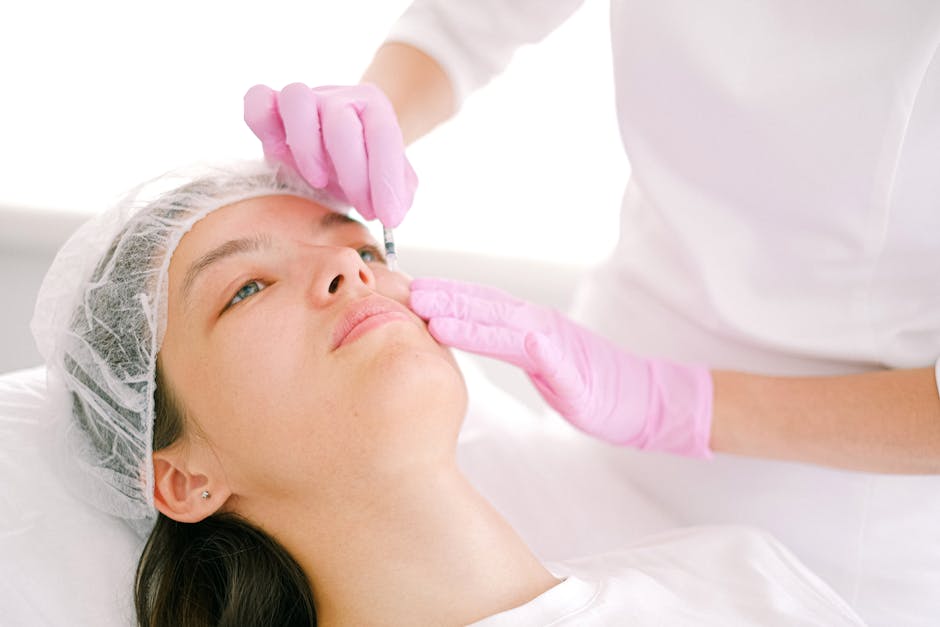Plastic Surgery for Body and Face: Comprehensive Cosmetic Solutions
Plastic surgery has become a significant part of modern cosmetic medicine, offering various solutions to enhance facial and body features. Once considered a niche field, it is now a mainstream option for aesthetic improvements and reconstructive treatments. Advancements in surgical techniques have made procedures safer, more accessible, and highly customizable. Whether for personal goals or medical needs, many individuals turn to plastic surgery to achieve their desired results.

Understanding Plastic Surgery: An Overview
Plastic surgery falls into two main categories: reconstructive and cosmetic. Reconstructive surgery corrects physical defects caused by congenital disabilities, injuries, or medical conditions like cancer. A common example is breast reconstruction following a mastectomy. In contrast, cosmetic surgery focuses on enhancing appearance through elective procedures.
The demand for cosmetic procedures has surged in recent decades due to technological advancements, improved safety protocols, and greater societal acceptance. According to the American Society of Plastic Surgeons (ASPS), over 15 million cosmetic procedures are performed annually in the United States. These range from minimally invasive treatments like Botox injections to more extensive surgeries such as facelifts and liposuction.
Plastic surgery can significantly impact self-confidence and mental well-being. Many patients report improved quality of life following their procedures. It is essential to approach these treatments with realistic expectations and consult experienced professionals for personalized recommendations.
Popular Facial Procedures
The face is a defining aspect of appearance, making facial surgeries among the most sought-after cosmetic enhancements. Rhinoplasty (nose reshaping) is one of the top procedures worldwide due to its ability to improve facial harmony while also addressing breathing issues if necessary.
Other popular facial surgeries include blepharoplasty (eyelid surgery) for reducing sagging eyelids and facelifts for minimizing wrinkles and sagging skin. Less invasive options like thread lifts and dermal fillers provide subtle enhancements with minimal recovery time.
- Botox and Fillers: Smooth wrinkles and add volume to areas like the lips or cheeks.
- Facial Implants: Enhance features such as the chin or cheekbones for a more sculpted look.
- Skin Resurfacing: Procedures like chemical peels or laser therapy improve skin texture and tone.
A key aspect of facial surgery is achieving natural-looking results that enhance rather than drastically change one’s features. Surgeons use advanced technologies like 3D imaging to help patients visualize potential outcomes before proceeding with treatment.
Body Contouring Solutions
Body contouring includes various surgical and non-surgical methods to reshape different areas of the body. Liposuction remains a top choice for removing stubborn fat that resists diet and exercise. This procedure targets areas such as the abdomen, thighs, arms, and back to create a smoother silhouette.
Tummy tucks (abdominoplasty) are particularly popular among individuals who have undergone significant weight loss or post-pregnancy changes. This procedure removes excess skin and tightens abdominal muscles for a firmer midsection.
Breast surgeries also play a vital role in body contouring. Breast augmentation enhances size and shape using implants or fat transfer techniques, while breast lifts address sagging caused by aging or breastfeeding. Breast reduction surgery helps alleviate physical discomfort while improving body proportions.
| Procedure | Purpose | Recovery Time |
|---|---|---|
| Liposuction | Fat removal from targeted areas | 2-6 weeks |
| Tummy Tuck | Sculpts the abdominal region | 4-6 weeks |
| Breast Augmentation | Enhances breast size/shape | 1-2 weeks |
| Brachioplasty (Arm Lift) | Tightens loose arm skin | 2-4 weeks |
The success of body contouring depends on maintaining realistic expectations and adopting healthy lifestyle habits post-surgery. While these procedures can significantly enhance physical appearance, sustaining results requires long-term commitment.
The Importance of Choosing Qualified Professionals
Selecting a skilled and certified surgeon is crucial for achieving safe and satisfactory results in plastic surgery. Board-certified plastic surgeons undergo rigorous training to uphold high standards of patient care.
A thorough consultation is essential before undergoing any procedure. Patients should discuss their goals openly with their surgeon while reviewing their medical history to determine suitable options. Transparency about potential risks ensures informed decision-making.
Certain red flags (such as lack of credentials or unusually low prices) may indicate compromised safety standards. Platforms like the ASPS provide directories of trusted professionals who adhere to ethical practices (plasticsurgery.org).
The rise in medical tourism presents both opportunities and risks for patients seeking cost-effective treatments abroad. While some destinations offer quality care at lower prices, thorough research into clinic reputation and safety measures is essential before committing.
Modern Trends in Plastic Surgery
The field of plastic surgery continues to evolve with innovations catering to both aesthetic enhancement and functional benefits. New technologies, such as 3D imaging and minimally invasive techniques, are shaping modern approaches while improving safety and precision.
The growing acceptance of plastic surgery reflects shifting beauty standards influenced by social media, celebrity culture, and advancements in medical science. As demand increases, ongoing research and refinement ensure safer procedures with more natural outcomes.
As technology progresses, individuals will continue to benefit from safer, more effective solutions tailored to their unique needs.
